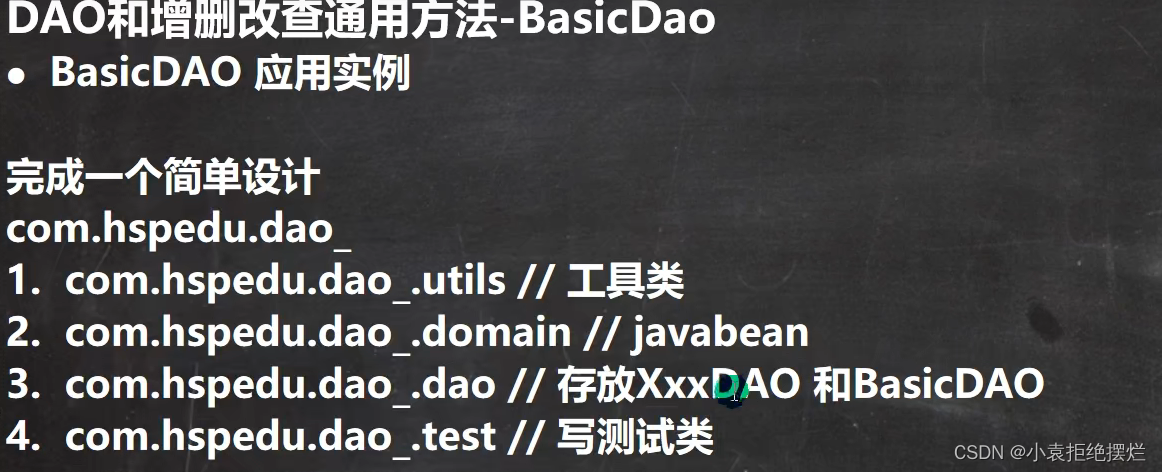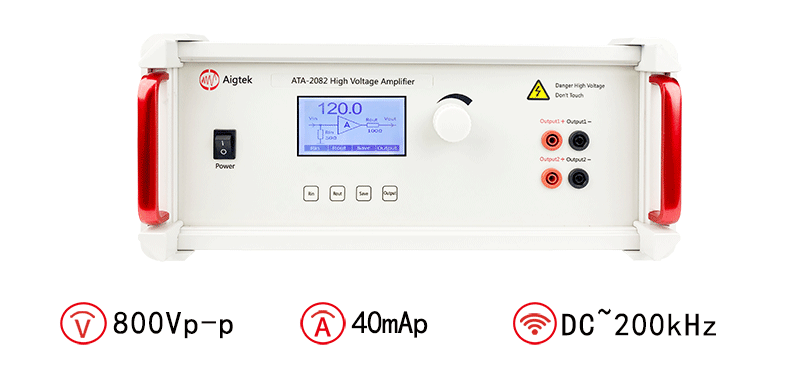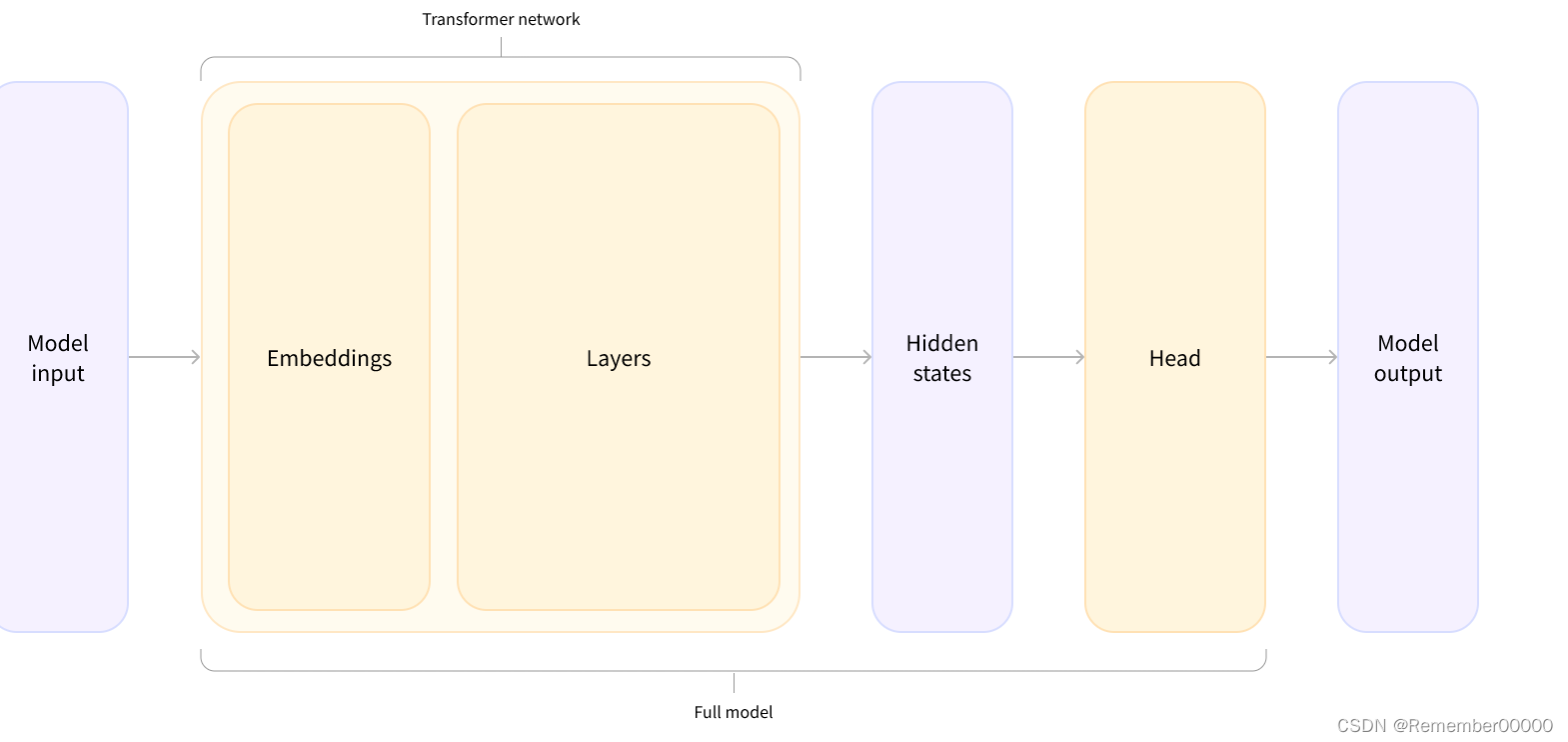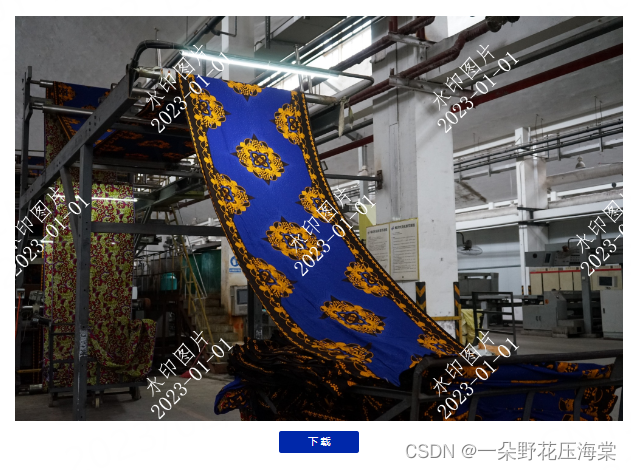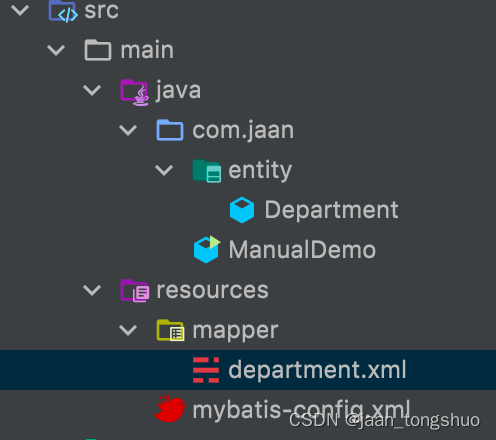torch_geometric–Convolutional Layers
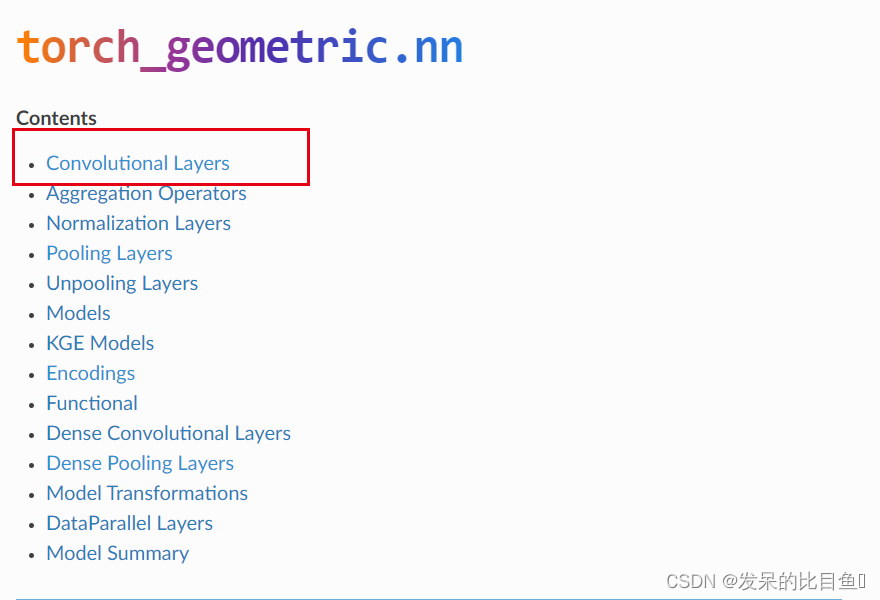
卷积层
MessagePassing

式中
口
口
口表示可微的排列不变函数,例如: sum, mean, min, max 或者 mul 和
γ
Θ
\gamma_{\Theta}
γΘ和
ϕ
Θ
\phi_{\Theta}
ϕΘ表示可微函数,例如 MLPs. 请参见这里的附带教程。
参数
- aggr (str or [str] or Aggregation, 可选)使用的聚合方案,例如,“add”,“sum”,“mean”,“min”,“max”或“mul”。此外,可以是任何Aggregation模块(或自动解析到它的任何字符串)。如果以列表形式给出,将使用多个聚合,其中不同的输出将在最后一个维度中连接。如果设置为None, messageppassing实例化将通过aggregate()实现自己的聚合逻辑。(默认值:“add”)
- aggr_kwargs (Dict[str, Any], optional)传递给各自聚合函数的参数
- flow (str,可选)消息传递的流向(“源到目标”或“目标到源”)。(默认值:“source to target”)
- node_dim (int, 可选)传播所沿的轴。(默认值:2)
- decomposed_layers(int,可选) 特征分解层的数量,如在边缘计算平台上优化图神经网络的内存效率论文中介绍的那样。在GNN聚合过程中,特征分解通过将特征维分割成独立的特征分解层来减少峰值内存使用。这种方法可以在基于cpu的平台上加速GNN的执行(例如,在Reddit数据集上加速2-3倍),用于常见的GNN模型,如GCN、GraphSAGE、GIN等。然而,该方法并不适用于所有可用的GNN算子,特别是消息计算不容易分解的算子,例如基于注意力的GNN。分解层的最优值的选择既取决于具体的图数据集,也取决于可用的硬件资源。 在大多数情况下,值2是合适的。尽管峰值内存使用与特征分解的粒度直接相关,但对于执行速度不一定如此。(默认值:1)
方法
-
propagate(edge_index: Union[Tensor, SparseTensor], size: Optional[Tuple[int, int]] = None, **kwargs)
开始传播消息的初始调用。- edge_index(Tensor or SparseTensor) – 定义底层图形连接/消息传递流的 torch.LongTensor、torch_sparse.SparseTensor 或 torch.sparse.Tensor。 edge_index 保存形状为 [N, M] 的一般(稀疏)分配矩阵的索引。 如果 edge_index 是 torch.LongTensor 类型,则其形状必须定义为 [2, num_messages],其中来自 edge_index[0] 中的节点的消息被发送到 edge_index[1] 中的节点(在 flow=“source_to_target” 的情况下)。 如果 edge_index 是 torch_sparse.SparseTensor 或 torch.sparse.Tensor 类型,它的稀疏索引(行,列)应该与 row = edge_index[1] 和 col = edge_index[0] 相关。 两种格式的主要区别在于我们需要将转置的稀疏邻接矩阵输入到 propagate() 中。
- size (tuple, optional) – 在 edge_index 是 LongTensor 的情况下分配矩阵的大小 (N, M)。 如果设置为 None,大小将被自动推断并假定为二次方。 如果 edge_index 是 torch_sparse.SparseTensor 或 torch.sparse.Tensor,则忽略此参数。 (默认值:无)
- **kwargs构造和聚合消息以及更新节点嵌入所需的任何额外数据。
-
edge_updater(edge_index: Union[Tensor, SparseTensor], **kwargs)
- edge_index (Tensor or SparseTensor) 定义底层图形连接/消息传递流的 torch.LongTensor、torch_sparse.SparseTensor 或 torch.sparse.Tensor。 有关详细信息,请参阅propagate()。
- **kwargs – 计算或更新图中每条边的特征所需的任何额外数据。
-
message(x_j: Tensor)
构造从节点j到节点i的消息,类似于边索引中edge_index的 ϕ Θ \phi_{\Theta} ϕΘ。此函数可以将任何参数作为输入,最初传递 propagate()。此外,通过将_i或_j附加到变量名称.比如x_i和x_j。 -
aggregate(inputs: Tensor, index: Tensor, ptr: Optional[Tensor] = None, dim_size: Optional[int] = None)
聚合来自邻居的消息为 □ j ∈ N ( i ) \square_{j \in \mathcal{N}(i)} □j∈N(i)
接受消息计算的输出作为第一个参数和最初传递给propagate()的任何参数。
默认情况下,该函数将把它的调用委托给底层的Aggregation模块,通过aggr减少 init()中指定的消息参数。 -
message_and_aggregate(adj_t: Union[SparseTensor, Tensor])
将message()和aggregate()的计算融合为一个函数。如果适用,这将节省时间和内存,因为消息不需要显式地物化。只有在实现它的情况下,此功能才会被调用,并且基于torch_sparse.SparseTensor或torch.sparse.Tensor进行传播。 -
update(inputs: Tensor)
为每个节点 i ∈ V i \in V i∈V更新节点嵌入,类似于 γ Θ \gamma_{\Theta} γΘ。接受聚合的输出作为第一个参数和最初传递给propagate()的任何参数。 -
edge_update()
计算或更新图中每条边的特征。此函数可以接受最初传递给edge_updater()的任何参数作为输入, 此外,传递给edge updater()的张量可以通过在变量名后附加i或j来映射到各自的节点_i和_j。比如:x_i和x_j。 -
register_propagate_forward_pre_hook(hook: Callable)
在模块上注册一个前向预钩子。每次propagate()调用之前都会调用钩子。 -
register_propagate_forward_hook(hook: Callable)
钩子可以修改输入。输入关键字参数作为inputs[-1]中的字典传递给钩子。
返回一个torch.utils.hooks.RemovableHandle,可用于通过调用handle.remove()删除添加的钩子。 -
register_message_forward_pre_hook(hook: Callable)
-
register_message_forward_hook(hook: Callable)
-
register_aggregate_forward_pre_hook(hook: Callable)
-
register_aggregate_forward_hook(hook: Callable)
-
register_message_and_aggregate_forward_pre_hook(hook: Callable)
-
register_message_and_aggregate_forward_hook(hook: Callable)
-
register_edge_update_forward_pre_hook(hook: Callable)
-
register_edge_update_forward_hook(hook: Callable)
-
jittable(typing: Optional[str] = None)
GCNConv
图卷积算子来自 “Semi-supervised Classification with Graph Convolutional Networks” 论文
X
′
=
D
^
−
1
/
2
A
^
D
^
−
1
/
2
X
Θ
,
\mathbf{X}^{\prime} = \mathbf{\hat{D}}^{-1/2} \mathbf{\hat{A}} \mathbf{\hat{D}}^{-1/2} \mathbf{X} \mathbf{\Theta},
X′=D^−1/2A^D^−1/2XΘ,
其中,
A
^
=
A
+
I
\mathbf{\hat{A}} = \mathbf{A} + \mathbf{I}
A^=A+I表示插入自循环和的邻接矩阵,并且
D
^
i
i
=
∑
j
=
0
A
^
i
j
\hat{D}_{ii} = \sum_{j=0} \hat{A}_{ij}
D^ii=∑j=0A^ij它的对角度矩阵。邻接矩阵可以包括除1以外的其他值,通过可选的edge_weight张量表示边权。
其节点式由
x
i
′
=
Θ
⊤
∑
j
∈
N
(
v
)
∪
{
i
}
e
j
,
i
d
^
j
d
^
i
x
j
\mathbf{x}^{\prime}_i = \mathbf{\Theta}^{\top} \sum_{j \in \mathcal{N}(v) \cup \{ i \}} \frac{e_{j,i}}{\sqrt{\hat{d}_j \hat{d}_i}} \mathbf{x}_j
xi′=Θ⊤j∈N(v)∪{i}∑d^jd^iej,ixj
关于
d
^
i
=
1
+
∑
j
∈
N
(
i
)
e
j
,
i
\hat{d}_i = 1 + \sum_{j \in \mathcal{N}(i)} e_{j,i}
d^i=1+∑j∈N(i)ej,i。其中
e
j
,
i
e_{j,i}
ej,i
表示从源节点
j
j
j到目标节点
i
i
i的边权值(默认值:1.0)
参数
- in_channels (int) – 每个输入样本的大小,或-1来导出从第一个输入到正向方法的大小。
- out_channels (int) - 每个输出样本的大小。
- improved (bool, optional) - 如果设置为true,则该层计算 A ^ \mathbf{\hat{A}} A^为 A + 2 I \mathbf{A} + 2\mathbf{I} A+2I(默认:false)。
- cached (bool, optional) – 如果设置为True,该层将在第一次执行时缓存 D ^ − 1 / 2 A ^ D ^ − 1 / 2 \mathbf{\hat{D}}^{-1/2} \mathbf{\hat{A}} \mathbf{\hat{D}}^{-1/2} D^−1/2A^D^−1/2的计算,并将使用缓存的版本进行进一步的执行。
- add_self_loops (bool, optional) – 该参数只能在转导学习场景中设置为True。(默认值:False)
- normalize (bool, optional) – 是否添加自循环和动态计算对称归一化系数。(默认值是True)
- bias (bool, optional) – 如果设置为False,该层将不会学习加性偏差。(默认值是default: True)
- **kwargs (optional) – messageppassing的附加参数。
forward
forward(x: Tensor, edge_index: Union[Tensor, SparseTensor], edge_weight: Optional[Tensor] = None)→ Tensor[source]
SAGEConv
GraphSAGE 论文来自“Inductive Representation Learning on Large Graphs”

x
i
′
=
W
1
x
i
+
W
2
⋅
m
e
a
n
j
∈
N
(
i
)
x
j
\mathbf{x}^{\prime}_i = \mathbf{W}_1 \mathbf{x}_i + \mathbf{W}_2 \cdot \mathrm{mean}_{j \in \mathcal{N(i)}} \mathbf{x}_j
xi′=W1xi+W2⋅meanj∈N(i)xj
如果project = True,那么
x
j
x_j
xj将首先通过投影
x
j
←
σ
(
W
3
x
j
+
b
)
\mathbf{x}_j \leftarrow \sigma ( \mathbf{W}_3 \mathbf{x}_j + \mathbf{b})
xj←σ(W3xj+b)
ChebConv
The chebyshev spectral graph convolutional operator from the “Convolutional Neural Networks on Graphs with Fast Localized Spectral Filtering” paper
SAGEConv
The GraphSAGE operator from the “Inductive Representation Learning on Large Graphs” paper
GraphConv
The graph neural network operator from the “Weisfeiler and Leman Go Neural: Higher-order Graph Neural Networks” paper
GravNetConv
The GravNet operator from the “Learning Representations of Irregular Particle-detector Geometry with Distance-weighted Graph Networks” paper, where the graph is dynamically constructed using nearest neighbors.
GatedGraphConv
The gated graph convolution operator from the “Gated Graph Sequence Neural Networks” paper
ResGatedGraphConv
The residual gated graph convolutional operator from the “Residual Gated Graph ConvNets” paper
GATConv
The graph attentional operator from the “Graph Attention Networks” paper
FusedGATConv
The fused graph attention operator from the “Understanding GNN Computational Graph: A Coordinated Computation, IO, and Memory Perspective” paper.
GATv2Conv
The GATv2 operator from the “How Attentive are Graph Attention Networks?” paper, which fixes the static attention problem of the standard GATConv layer.
TransformerConv
The graph transformer operator from the “Masked Label Prediction: Unified Message Passing Model for Semi-Supervised Classification” paper
AGNNConv
The graph attentional propagation layer from the “Attention-based Graph Neural Network for Semi-Supervised Learning” paper
TAGConv
The topology adaptive graph convolutional networks operator from the “Topology Adaptive Graph Convolutional Networks” paper
GINConv
The graph isomorphism operator from the “How Powerful are Graph Neural Networks?” paper
GINEConv
The modified GINConv operator from the “Strategies for Pre-training Graph Neural Networks” paper
ARMAConv
The ARMA graph convolutional operator from the “Graph Neural Networks with Convolutional ARMA Filters” paper
SGConv
The simple graph convolutional operator from the “Simplifying Graph Convolutional Networks” paper
SSGConv
The simple spectral graph convolutional operator from the “Simple Spectral Graph Convolution” paper
APPNP
The approximate personalized propagation of neural predictions layer from the “Predict then Propagate: Graph Neural Networks meet Personalized PageRank” paper
MFConv
The graph neural network operator from the “Convolutional Networks on Graphs for Learning Molecular Fingerprints” paper
RGCNConv
The relational graph convolutional operator from the “Modeling Relational Data with Graph Convolutional Networks” paper
FastRGCNConv
See RGCNConv.
RGATConv
The relational graph attentional operator from the “Relational Graph Attention Networks” paper.
SignedConv
The signed graph convolutional operator from the “Signed Graph Convolutional Network” paper
DNAConv
The dynamic neighborhood aggregation operator from the “Just Jump: Towards Dynamic Neighborhood Aggregation in Graph Neural Networks” paper
PointNetConv
The PointNet set layer from the “PointNet: Deep Learning on Point Sets for 3D Classification and Segmentation” and “PointNet++: Deep Hierarchical Feature Learning on Point Sets in a Metric Space” papers
PointConv
alias of PointNetConv
GMMConv
The gaussian mixture model convolutional operator from the “Geometric Deep Learning on Graphs and Manifolds using Mixture Model CNNs” paper
SplineConv
The spline-based convolutional operator from the “SplineCNN: Fast Geometric Deep Learning with Continuous B-Spline Kernels” paper
NNConv
The continuous kernel-based convolutional operator from the “Neural Message Passing for Quantum Chemistry” paper.
ECConv
alias of NNConv
CGConv
The crystal graph convolutional operator from the “Crystal Graph Convolutional Neural Networks for an Accurate and Interpretable Prediction of Material Properties” paper
EdgeConv
The edge convolutional operator from the “Dynamic Graph CNN for Learning on Point Clouds” paper
DynamicEdgeConv
The dynamic edge convolutional operator from the “Dynamic Graph CNN for Learning on Point Clouds” paper (see torch_geometric.nn.conv.EdgeConv), where the graph is dynamically constructed using nearest neighbors in the feature space.
XConv
The convolutional operator on
-transformed points from the “PointCNN: Convolution On X-Transformed Points” paper
PPFConv
The PPFNet operator from the “PPFNet: Global Context Aware Local Features for Robust 3D Point Matching” paper
FeaStConv
The (translation-invariant) feature-steered convolutional operator from the “FeaStNet: Feature-Steered Graph Convolutions for 3D Shape Analysis” paper
PointTransformerConv
The Point Transformer layer from the “Point Transformer” paper
HypergraphConv
The hypergraph convolutional operator from the “Hypergraph Convolution and Hypergraph Attention” paper
LEConv
The local extremum graph neural network operator from the “ASAP: Adaptive Structure Aware Pooling for Learning Hierarchical Graph Representations” paper, which finds the importance of nodes with respect to their neighbors using the difference operator:
PNAConv
The Principal Neighbourhood Aggregation graph convolution operator from the “Principal Neighbourhood Aggregation for Graph Nets” paper
ClusterGCNConv
The ClusterGCN graph convolutional operator from the “Cluster-GCN: An Efficient Algorithm for Training Deep and Large Graph Convolutional Networks” paper
GENConv
The GENeralized Graph Convolution (GENConv) from the “DeeperGCN: All You Need to Train Deeper GCNs” paper.
GCN2Conv
The graph convolutional operator with initial residual connections and identity mapping (GCNII) from the “Simple and Deep Graph Convolutional Networks” paper
PANConv
The path integral based convolutional operator from the “Path Integral Based Convolution and Pooling for Graph Neural Networks” paper
WLConv
The Weisfeiler Lehman operator from the “A Reduction of a Graph to a Canonical Form and an Algebra Arising During this Reduction” paper, which iteratively refines node colorings:
WLConvContinuous
The Weisfeiler Lehman operator from the “Wasserstein Weisfeiler-Lehman Graph Kernels” paper.
FiLMConv
The FiLM graph convolutional operator from the “GNN-FiLM: Graph Neural Networks with Feature-wise Linear Modulation” paper
SuperGATConv
The self-supervised graph attentional operator from the “How to Find Your Friendly Neighborhood: Graph Attention Design with Self-Supervision” paper
FAConv
The Frequency Adaptive Graph Convolution operator from the “Beyond Low-Frequency Information in Graph Convolutional Networks” paper
EGConv
The Efficient Graph Convolution from the “Adaptive Filters and Aggregator Fusion for Efficient Graph Convolutions” paper.
PDNConv
The pathfinder discovery network convolutional operator from the “Pathfinder Discovery Networks for Neural Message Passing” paper
GeneralConv
A general GNN layer adapted from the “Design Space for Graph Neural Networks” paper.
HGTConv
The Heterogeneous Graph Transformer (HGT) operator from the “Heterogeneous Graph Transformer” paper.
HEATConv
The heterogeneous edge-enhanced graph attentional operator from the “Heterogeneous Edge-Enhanced Graph Attention Network For Multi-Agent Trajectory Prediction” paper, which enhances GATConv by:
HeteroConv
A generic wrapper for computing graph convolution on heterogeneous graphs.
HANConv
The Heterogenous Graph Attention Operator from the “Heterogenous Graph Attention Network” paper.
LGConv
The Light Graph Convolution (LGC) operator from the “LightGCN: Simplifying and Powering Graph Convolution Network for Recommendation” paper
PointGNNConv
The PointGNN operator from the “Point-GNN: Graph Neural Network for 3D Object Detection in a Point Cloud” paper
GPSConv
The general, powerful, scalable (GPS) graph transformer layer from the “Recipe for a General, Powerful, Scalable Graph Transformer” paper.
补充
Sequential
torch.nn.Sequential容器的扩展,用于定义顺序GNN模型。由于GNN操作符接受多个输入参数,因此torch geometry.nn.sequential既需要全局输入参数,也需要单个操作符的函数头定义。如果省略,中间模块将对前一个模块的输出进行操作

from torch.nn import Linear, ReLU
from torch_geometric.nn import Sequential, GCNConv
model = Sequential('x, edge_index', [
(GCNConv(in_channels, 64), 'x, edge_index -> x'),
ReLU(inplace=True),
(GCNConv(64, 64), 'x, edge_index -> x'),
ReLU(inplace=True),
Linear(64, out_channels),
])
其中’x, edge index’定义了模型的输入参数,'x, edge index -> x’定义了GCNConv的函数头,即输入参数和返回类型。
特别是,这还允许创建更复杂的模型,例如使用JumpingKnowledge
from torch.nn import Linear, ReLU, Dropout
from torch_geometric.nn import Sequential, GCNConv, JumpingKnowledge
from torch_geometric.nn import global_mean_pool
model = Sequential('x, edge_index, batch', [
(Dropout(p=0.5), 'x -> x'),
(GCNConv(dataset.num_features, 64), 'x, edge_index -> x1'),
ReLU(inplace=True),
(GCNConv(64, 64), 'x1, edge_index -> x2'),
ReLU(inplace=True),
(lambda x1, x2: [x1, x2], 'x1, x2 -> xs'),
(JumpingKnowledge("cat", 64, num_layers=2), 'xs -> x'),
(global_mean_pool, 'x, batch -> x'),
Linear(2 * 64, dataset.num_classes),
])
- input_args (str) – 模型的输入参数。.
- modules ([(str, Callable) or Callable]) – 模块列表(带有可选的函数头定义)。或者,可以传递模块(和函数头定义)的OrderedDict。
Linear
对传入数据应用线性转换

类似torch.nn.Linear。它支持延迟初始化和可定制的权重和偏差初始化。

- in channels (int)每个输入样本的大小。将被惰性地初始化,如果它被赋值为-1。
- out channels (int)每个输出样本的大小。
- bias (bool,可选)如果设置为False,该层将不会学习加性偏差。(默认值:True)- weight_initializer 式(str,可选)权重矩阵的初始化式(“glorot”, “uniform”, "kaiming uniform"或None)。如果设置为None,将匹配
torch.nn.Linear的默认权重初始化。(默认值:None) - bias_initializer(str,可选)偏差向量("zeros"或None)的初始化器。如果设置为None,将匹配中的默认偏置
HeteroLinear

根据类型对传入数据应用单独的线性转换

对于类型k, 它支持延迟初始化和可定制的权重和偏差初始化。
- in channels (int)每个输入样本的大小。将被惰性地初始化,如果它被赋值为-1。
- out channels (int)每个输出样本的大小。
- num types (int)类型的个数。
- is_sorted (bool,可选)如果设置为True,则假设类型vec已排序。这避免了数据的内部重新排序,并可以提高运行时和内存效率。(默认值:False)
- **kwargs(可选)torch geometry .nn. linear的附加参数。
